Hey everyone! I hope you are all staying safe, healthy, and managing to keep things together to at least some degree. For my friends here in the Granite State, Saturday marks the start of the governor’s stay-at-home decree. It mandates the closing of any non-essential businesses, and if nothing else, at least psychologically underscores the seriousness of what’s going on. It also brings New Hampshire in line with Massachusetts and several other states and municipalities.
Text of the Executive Order is available on the governor’s “emergency orders” webpage. Additionally, “sub orders” are listed, and it’s worth noting that the Attorney General’s guidance to law enforcement is that the stay-at-home order has the force of law, and can be treated potentially as an arrestable offense. There is a carve-out permitting outside exercise, as long as CDC guidelines regarding social distancing are observed. The guidance seems to prefer education to outright arrest. If you’re told to “move along”, please don’t make yourself a test case in the courts. Be an ambassador for the sport.
That being said… I’m going to go with the fact that item 4b specifically allows outdoor recreation, provided social distancing is observed. Again, if you’re heading for the hills in the manner permitted, do the right thing. Don’t be that guy. Be aware that this is a fluid situation, so before heading out the door, check the governor’s webpage, common news outlets, and other relevant resources to be sure things haven’t changed in a way that could impact your plans, or the lives of others.
I apologize if all that sounds clunky and heavy handed, but this is where things are at the moment. Until someone comes up with the silver bullet that magically makes it all go away, we’re dealing with this for the foreseeable future. Advancements are being made all the time, so there’s cause for optimism. But for now, please don’t rock the boat unnecessarily.
Today’s post is link-heavy in the second half, and perhaps a bit longer than normal. I’ve found a lot of resources for you that I hope you’ll enjoy. Maybe it’ll inoculate you against the frustration of bare shelves thanks to all the supermarket hoarders. But first, a few thoughts.
As I write this, it feels like the list of things that are closing is only getting longer. Anyone would be forgiven for having “just a touch” of cabin fever at this stage of the game, and aside from that, just the daily grind of grim news hangs like a millstone around our necks. So how can we cope?
The obvious answer is to go outside and enjoy nature, albeit smartly. Try to maintain some scrap of normalcy about our lives, because it keeps us sane. Get some exercise, because it keeps our bodies healthy and immune systems primed — the best defense against COVID-19. And yet, there’s that whole social distancing thing being a nagging question. How does that play into the equation?
There is some great news from both governors. A ray of sunshine, if you will. Both have made mention of the restorative power of going outside for some exercise. Neither states want you to box yourself into a closet. It’s officially OK to be outside, taking your exercise. But it’s also important to not just ransack your gear closet and then go running out, willy-nilly. Too much of a good thing is still too much of a good thing.
I’ve posted already about how the parks are, in some cases, being unexpectedly slammed with people. Obviously, this can get unsafe quickly. Coronavirus is spread by airborne droplets that can carry about six feet or so. Group of people crammed together on a summit, someone coughs, and calamity. No bueno. Officials have stated the obvious: don’t go for the popular recreation sites. Disperse.
And so, you should take to the woods as you might, but do so in the same manner as we sometimes see in the Whites. I’m talking about the Forest Protection Areas, dispersed camping sites, and even the 200 feet (or around 75 good sized paces) that we measure out before we (ahem) dig a cathole. We do these things to minimize impacts on the forest, but the net effect is still the same. We’re spacing things out.
The developed tent sites (13 falls, Guyot, Lafayette Campground, etc) are an opposite approach. Decide an area is going to be “sacrificed” for people to camp, and keep things to that area. So you see all the tent pads clustered together. There’s a privy, so all the poop is collected in one place. Staying on trail, especially in alpine zones, is the same thing — don’t tramp all over the fragile vegetation. Consequently, the surrounding areas are left to their own devices, relatively unperturbed.
In the forest where we’re away from those developed sites, we assume the growth that’s going on all the time should continue to do so. A tent put down here or there, once in awhile, isn’t going to make a lasting impact. Tramping 200 feet off trail means everyone isn’t putting their cathole in the same place. Natural forces can restore those areas in short order because they’re not getting whacked all the time.
Anyone who’s done this has incorporated social distancing in their hikes. We’re pros! We’ve got this!
Frustratingly, I read that officials blithely stated that you can find information online on where you can recreate, but never actually suggested any places to look. They were doing so well… until they weren’t. Where, exactly, is this information?
OK, so I did some legwork. I sat down and ideated a little. Here’s some of what I found, and some of my ideas to fill in a few more blanks. Note this information can and likely will change faster than I could ever update this blog post. Before heading out the door, check where you’re going to be sure things haven’t changed.
First, New Hampshire State Parks. You don’t really think about it, but Franconia and Crawford Notch are both state parks. Mt Washington? Kearsarge? Also state parks. Cannon Mountain ski area is owned by the state. (However, be advised that at least the ski area is closed for the season. Again, check before you go to be sure they haven’t closed the entire mountain, even to hikers.) Say what you like about the government, but at least they do outdoor recreation areas pretty darn well. So going to the State Park Website, I found a list of other state parks that are less likely to be crowded. Be aware, this isn’t a “not crowded here” list — I mean, just off the top, Mt Monadnock is on the list, and finding parking there on a Saturday in July is a lot like parking in Kenmore Square when the Sox are in town.
Not all the parks and woods in New Hampshire are necessarily state parks, though. A lot of them are owned or managed by The Society for the Protection of New Hampshire Forests. (AKA “The Forest Society.”) Formed in 1901 to push back against the unchecked clearcutting going on in the Whites, it’s bought a lot of forest lands, occasionally logged and replanted, where people can recreate. Here’s their page where you can find a Forest Society woodland near you. Also, here’s their press release from Friday, the 27th, outlining the position of them, The Nature Conservancy, NH Audubon (see below for their site) and the AMC, regarding use of their respective managed lands.
New Hampshire Audubon has sanctuaries — a lot of them. There’s no guaranteeing that you’ll spot a cedar waxwing or a Bicknell’s thrush (heck, I’ll just be glad to see some orioles at my feeder this year) but you’ll surely see something interesting if you keep your eyes peeled.
The Nature Conservancy has protected lands in the Granite State as well. Some of these lands are in the area of other parks, so don’t be surprised if you see some overlap. Pack Monadnock, for example, features some Nature Conservancy protected land.
Also, did you know the Karner Blue is the NH state butterfly? And it can be found around the Capitol region. There’s information right here. NH Fish and Game (yep, the same “fish cops” who oversee rescues in the mountains) have a page or three on wildlife habitats. Learn where you can find wildlife walks, and how you can nurture wildlife in your own backyard.
What about my readers in the Bay State? OK, it’s probably a no-brainer that the Forest Society doesn’t have holdings down there. But here are some places to start looking.
First, mass.gov has a listing of state parks, grouped by region.
There’s also their Guide to Recreation in State Parks.
Note that beaches are closed. That long stroll along Crane Beach in the afternoon sun has to wait.
Massachusetts Audubon also has sanctuaries. Check out their website here. At the moment, their sanctuaries are closed, but keep checking. If nothing else, bookmark it, so when restrictions are lifted wholesale, they’re still on your radar. (And remember, their online resources are always there for you to use.)
OK, so what’s out there to do when you get to those places? Right now, I’m suggesting that if you have no specific need to stand on a summit, consider visiting other places on a mountain. If you’re peak bagging your way through a list, be mindful of how your actions may impact others, and work to minimize those impacts. (This includes common public hygiene practices, keeping your distance, and so on.) I love a summit as much as anyone else, so I’m the last person to say “do as I say, not as I do.” Whatever you do, don’t be that guy. Also, I’ve said it before, but it bears repeating: keep your risk levels low. Avoid situations that could trigger a rescue. Beyond the usual risks of terrain and exposure to the elements, social distancing goes out the window if you’re being carried off a mountain. Now’s not the time for “hey everyone, watch this!”
Wherever your footprints may end up, there are always things you can do to make it more exciting. We’re on the cusp of the good bit of springtime. Just the other day, on the Oliverian Brook trail, I saw some grass poking through, in the wetlands. I stepped out my front door this morning to see my lilies and irises putting out their first, most tentative specks of green. (About that, I’m breathless with anticipation, actually. They exploded with color last season.) The forests, in short order, are going to be doing much the same in their own way. I saw turkey and moose prints the other day. Stuff is waking up, and it’s all out there, just for the looking. After awhile, you get good at it, and you just randomly spot stuff everywhere, so this is a good opportunity to walk a little slower, and practice finding things that you wouldn’t notice otherwise. If one thing has made hiking all the more fulfilling for me, it’s being able to notice the little things like wildflowers, animal tracks, and the like. Spotting that field of tiger lilies in Livermore last summer was huge. I’m still ecstatic about seeing white pink lady slippers, and Indian pipes.
Right now, I’m going to throw in a pitch for iNaturalist. If you’re not already hip to this, you should. Basically, it’s a network of scientists, citizen-scientists, and plain-old-ordinary people who just look around a bit more. You see something interesting, you take a photo with your phone. It uploads to the iNaturalist website and science can be done. You’re taking photos anyway, right? So this isn’t any greater hardship. No cell service? No problem. The photos upload when you have good internet coverage.
Getting back to things… What should I look for? How should I find things? What’s interesting? Arm yourself with knowledge!
Getting armed with a little knowledge can make the miles on trail a cornucopia of wonder and amazement instead of confusion. Being aware of the natural cycles enhances your time outside, because you’re never surprised. You see the clues. Grey Jays inhabit the higher elevations, and they happily eat nuts and raisins from your hands. (They seem to have a dislike of M&Ms.) What do they look like? Will I find them as easily on a bald summit? But more importantly, instead of just having a view from a summit to look forward to, there’s stuff to look for and at every inch of the trail. Flowers, rocks, trees, brooks, bugs, weather… evidence of glaciers that haven’t hung around in the past 10,000 years… train tracks… everything. The more you know, the better it gets. And if you’re still recovering from a broken ankle, or just want something easy for the day, who cares about the view from the summit, that you have to climb up a big hill to get to?
I like a few books in particular:
The Audubon Society Field Guide to New England is a good general purpose overview. It’s broken out into sections that cover the various states in broad brushstrokes, and gets a bit more fine grained on species and habitats. It’s not at all exhaustive (my nature reference books number somewhere around 2 dozen and counting in order to approach that kind of granularity) but it’s certainly good enough to help you identify a lot of what you’ll see, and it’s small enough that you could carry it into the field. Think of this as “New England’s environment 101.”
I also like Forest Forensics: A Field Guide to Reading the Forested Landscape. Now, whenever I see odd mounds in the woods, I look around to see if it’s the remains of a fallen tree. Not sure what this means? Read the book and find out!
The AMC has a couple good books, too. Get ‘em both. They’re a solid overview of how the different parts of the alpine ecosystems mesh together.
The book Wildflowers of New England is fairly complete. I’ve only had a couple misses, and the book itself is presented in a fantastic format that makes it a cinch to find what you’re looking for. Start with color, then number of petals, and at that point, flip through about 2-3 pages of photos and you’re done. It’s not inexpensive, but I’ve found that it’s certainly worth what I paid. (Also, as an aside, if you enter the book’s title into a search engine, you’ll get a bevy of wildflower identification resources as your search results.)
The Nature of New Hampshire — Natural Communities of the Granite State is a good, if hefty, book that outlines the ecological communities of the state, from the shore in the southeast, to the alpine communities, to the northernmost reaches, to the lakes. It discusses everything from geology to flora and fauna. If you want to drill down on something, you’ll want another reference, but this is a great starting point to learn how everything ties together. Interesting fact: Echo Lake and Profile Lake are separated by about half a mile of dirt. And yet, Profile Lake drains into the Gulf of Maine, whereas Echo Lake drains into Long Island Sound — water from the same rainstorm can be separated by hundreds of miles, and all that might have made the difference is which way the wind was blowing that particular afternoon. If that doesn’t tell you that weather, geology, hydrology, and ecology don’t all dance to a strange and interesting beat, I don’t know what will.
For birds, I prefer Peterson’s guide, but you might like Sibley’s or Audubon’s. I’ll leave that one up to you. All three of them stand on their own merits perfectly well. Find them in any well stocked book store.
From there, I can only counsel heading over to The Mountain Wanderer Bookstore, leaving your credit card on the counter, and asking Steve for recommendations. (Tell him I sent you.) But do that knowing that I don’t believe there’s an upper limit to how many books you should have. Too many is still not enough. My happiest days are when I face down the constant quandary of where to stash new books. This is one where truly, “he who dies with the most, wins.” Just don’t forget to set aside some time each day to get some sunshine on your face. It does you no end of good, even if it’s just a walk around the block.
I’m also going to include the AMC’s wildflower webpage, which is not at all the last word on the subject, but if you’re having trouble acquiring books during the outbreak, at least you have something to get you started. They have other guides and resources online, too.
As an aside, I know this should be a no-brainer, but those books? They work as well in your backyard as they do in the mountains. That is to say, you might not find Indian Pipes where you live. But you’ll find other flowers in your area. The tiger lilies I spied by Livermore were practically “down the street” from the condos in Waterville Valley. Which suggests that flowers that live amongst them don’t mind many of the same environments where tiger lilies thrive outside of Waterville Valley. That book on trees? Almost all of them live practically anywhere in New England. Some prefer higher elevations, sure. But many others are found in the lowlands. And so on. Go for a nature walk anywhere near where you live, and find stuff. (And post to iNaturalist!)
If you don’t mind craning your neck a little, don’t think there’s nothing to see once the sun sets. I like Sky and Telescope’s Binocular Highlights. You don’t need a fancy telescope to see interesting things. And the dirty little secret of astronomy is that even with a huge telescope, most things still look like tiny pinpricks of light. But with just a pair of decent binoculars, you can see many dozens more of them, and with more clarity. The Pleiades, which is a cluster of stars near Orion (you might see it as a fuzzy patch in the sky) becomes a bunch of brilliant sapphires on rich black velvet. The beehive cluster positively swarms with stars. And you can pick out the rings of Saturn, if they’re turned this way, which actually happens quite a lot.
Learning to spot stars isn’t terribly difficult. I started out using free star charts I found on the web. Sky and Telescope magazine has a section devoted to exactly this. and you can look here to find more. A couple easier constellations are always apparent in our latitudes, year-round. If you can find Cassiopea and the Little Dipper, or Orion in winter, from there, you can “hop” around the sky and find other things pretty easily. With a decent pair of binoculars, you can see some neat stuff. No kidding, you can see a few nebulas, and if it’s a clear night, even the moons of Jupiter can be seen with nothing more special than ordinary binoculars.
And if apps are your thing, I like Night Sky, but really, any of them with strong ratings on your phone’s app store are going to do well. Visiting the planetarium at the science museum (when things get re-opened) you’ll find a “the sky tonight” show. They try to make the sky less intimidating for the new observer. Check out the McAuliffe-Shepard Discovery Center in Concord, and The Museum of Science in Boston, when things return to an even keel. Alan Shepard was the first American in space, and the first golfer on the moon. And Bradford Washburn, founder of the Museum of Science, mapped the Presidential Range. Neat stuff!
People have been watching the night sky for thousands of years. It’s not rocket science. Just tip your head up and look around. It’s the same way every professional astronomer got started.
Bonus: if you get even moderately good at identifying constellations, and just keep in your mind where things are throughout the year (the stars change with the calendar) then you can navigate by the stars, even if you can’t see all of them. First time you do that, it’s “mind: blown”. You’ve gone from merely looking at the stars to walking among them. Second bonus: getting caught on the trail after the sun goes down means you have something exciting to keep you company — although you might find your pack got heavier by the weight of a pair of binoculars and perhaps a star guide. Hey, those binoculars do double duty, so no worries, right?
Something else at night: a lot of critters have eyes that reflect light — we see this commonly with cats, but it also works for certain spiders and other creatures. So by walking in the woods with our headlamps close to our own eyes, we might see evidence of the wildlife amongst us. Forest magic!
Just to see who’s reading all the way to the end… and because I know not all my readers hail from New England, natural resources are all over the place. Heck, even Hoosiers (always near and dear to my heart) have places they can visit.
OK, I hope those are a few resources to help you shake things up a little. More than that, I hope some of these things become enduring activities that you’ll enjoy once the current dust settles. Not the least, if we ever have to go through this again, you’re already ready to go with things to do. Leave a comment if this has helped you in any way. The feedback is always welcome. And if you find something interesting, drop me a note — as well as logging it on iNaturalist.
As always, stay safe out there.
If you enjoy reading these posts, please subscribe — stay in the loop! Your email will only be used to alert you of new posts — typically 1-2 times per week. I will not use or share your email for any other purpose without your express permission. And feel free to share via social media using the buttons below.
Find me in the mountains, on this blog, or on Twitter: @Protean_Hiker
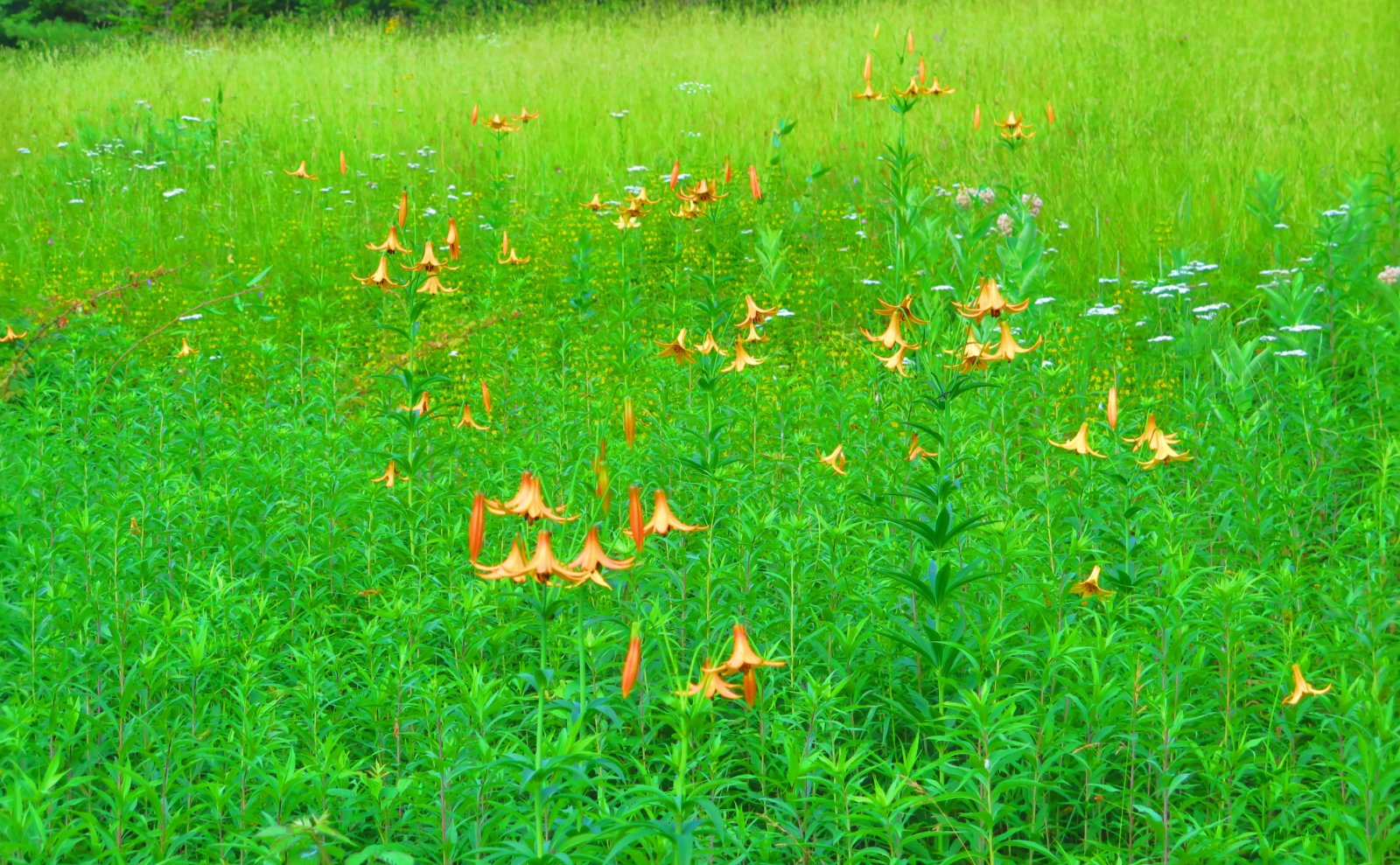
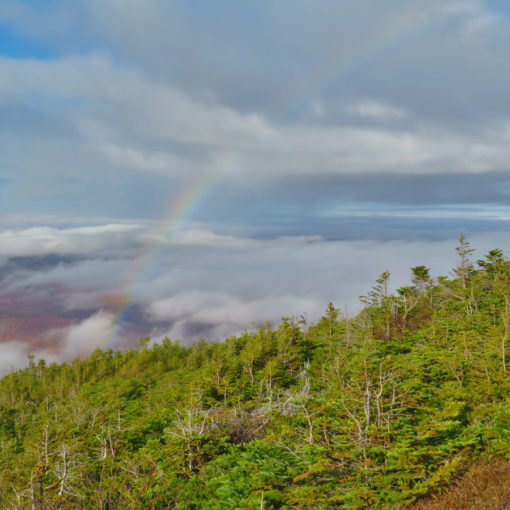
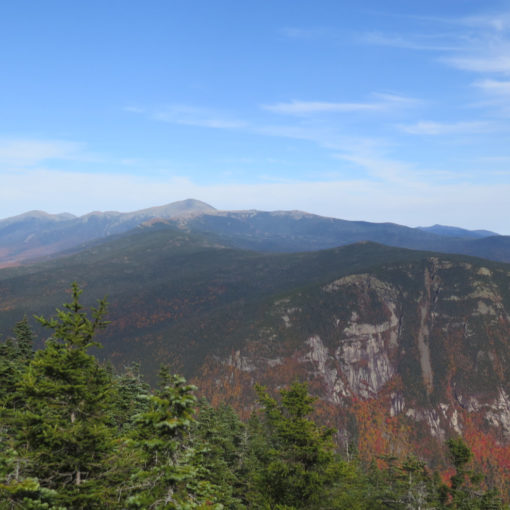
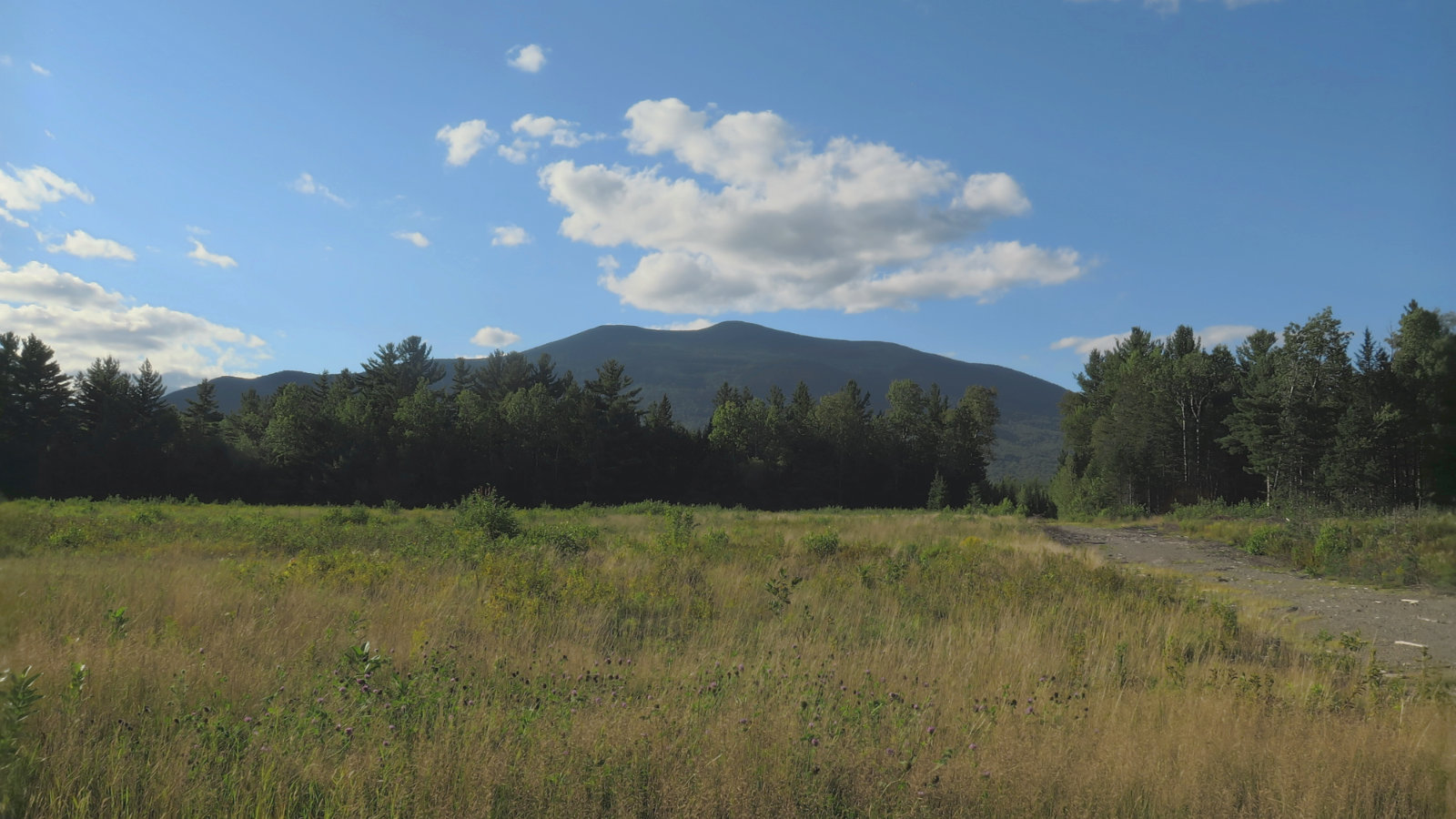
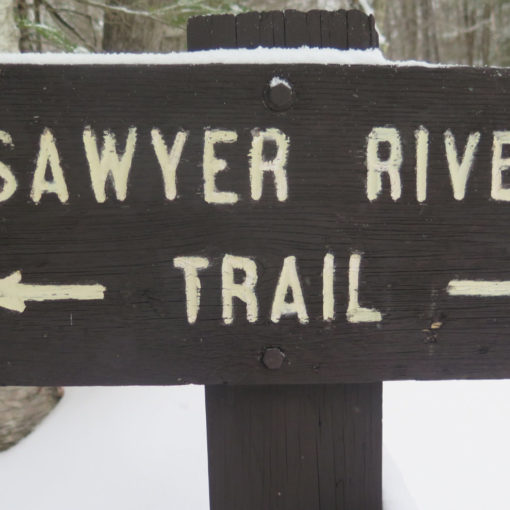
4 thoughts on “Where To Explore For Outdoor Recreation While Social Distancing ”
Mass Audubon has closed their properties. First it was just the buildings, but too many people lacked the discipline for social distancing, so they are closed for now.
Here’s a little suggestion for Mass hikers who are missing the flowing waters and elevation changes of the Whites. The Skug River reservation (which is an AVIS – Andover Village Improvement Society – property) has this one little area where the water is flowing rapidly, descending from a beaver dam. Right in that area there are foundations of an old soapstone mill and the trail maintainers found a couple artifacts. So for about 20 minutes you can pretend!
For those in Northeast Mass, check out AVIS, so many nice places. And there is also the Bay Circuit Trail.
I have a question for you. So Lawrence is nearly a border town. I can get to NH in 10 minutes (Becca’s Pelham redlining has been intriguing). So if I go to these places (or a little further, like Pawtuckaway) I am actually closer to home than if I went to Blue Hills near Boston. Twist my ankle in the Salem Town Forest, home 10 minutes later with the ice pack, probably no need to see the dr. But I could go an hour away in my own state, twist my ankle, have a long ride home. So is it frowned upon to cross the border, while still staying locally?
Regarding Audubon’s closure: thanks for the update. I missed that, evidently. Mea culpa.
On the border town issue: Most guidance I’ve seen so far suggests health authorities would prefer people stay closer to home. Think about how much easier it is for diseases to cross borders via jet planes that can do NYC to London in a few hours, compared to sailing ships that took two months to do the same trip in days of old.
One news piece I read today raised the idea that New York, New Jersey, and Connecticut could be shut down, because NYC is such a hotspot. It’s no secret that there’s commuter rail that spans all three states, enabling the virus to move pretty much unchecked throughout the NYC metro region.
There is the dispersal issue; of not overcrowding a given site to the point where the 6 foot rule is unworkable. For that, going to Blue Hills doesn’t make sense, and even people in, say, Winchester, might be forgiven for getting out of Dodge, rather than going to the Middlesex Fells.
I don’t have a good answer, I’m afraid. Lawrence is a populous town, and at least to me, neither Salem nor Pawtuckaway is outrageously distant. But although I sometimes say things “when I’m king…” I’ve yet to see my coronation.
When in crisis mode, authorities understandably prefer quick solutions to the problem in front of them, not in seeking out ideals that might require more attention. To that end, I’d be prepared with a good answer to the inevitable question: “why wasn’t a walk around the block good enough?” If you can’t come up with that answer, I’d figure something out closer to your home base.
On the twisted ankle: I had a roll of athletic tape in hand, trying to convince my boss that I’d be in on time to work a full shift, as scheduled. We both know how that worked out. If you twist your ankle badly, take it from me: it’s worth checking in at the first available emergency room. Parkland Hospital in Derry has a cadre of cheerful clinicians who are very capable of caring for injured hikers.
Thanks! We will probably stick to the northern end of the Bay Circuit Trail (except for the parts crossing temporarily closed properties, like anything owned by Trustees of Reservations), and all the local town forests. Den Rock Park, with its popular climbing area, is getting several vehicles in the lot (across from Market Basket on 114 on the Lawrence/North Andover line), so if anyone goes there, they may need to step off the trail to let others by. Lot of nice places in Essex County, MA. Just everyone check yourselves frequently, or you can worried about Lyme instead of Corona!
I’m sure the brewing company is shaking their heads about all the Corona and Lyme memes floating around. *grin*
Den Rock is pretty tiny, last I was there. But any port in a storm, right? I’d just get creative, and let me know what you find. (Email, etc.) I can post and perhaps we can get better take-up.